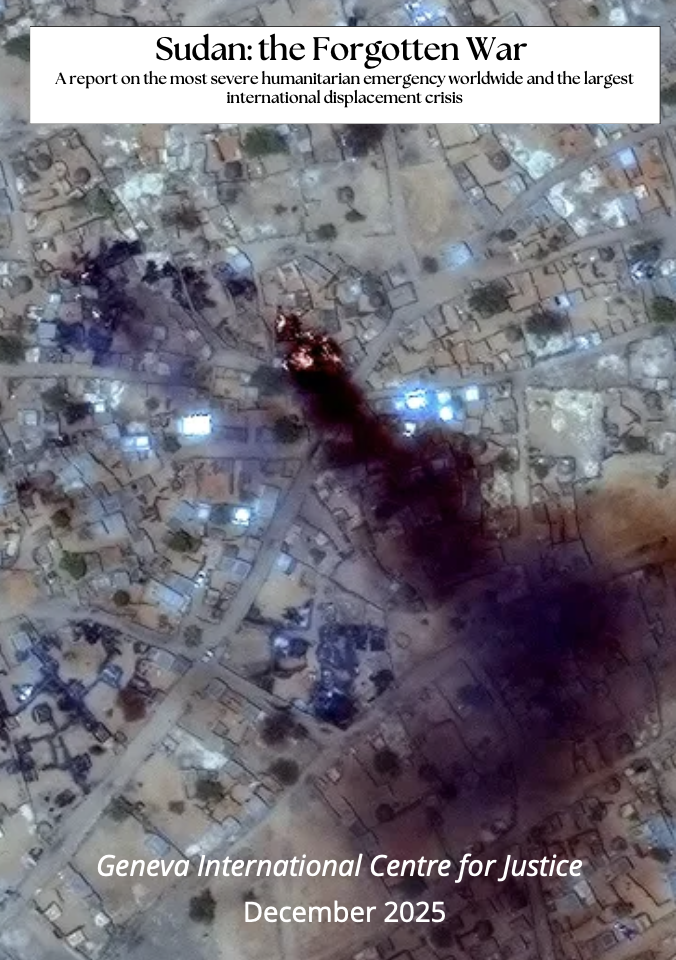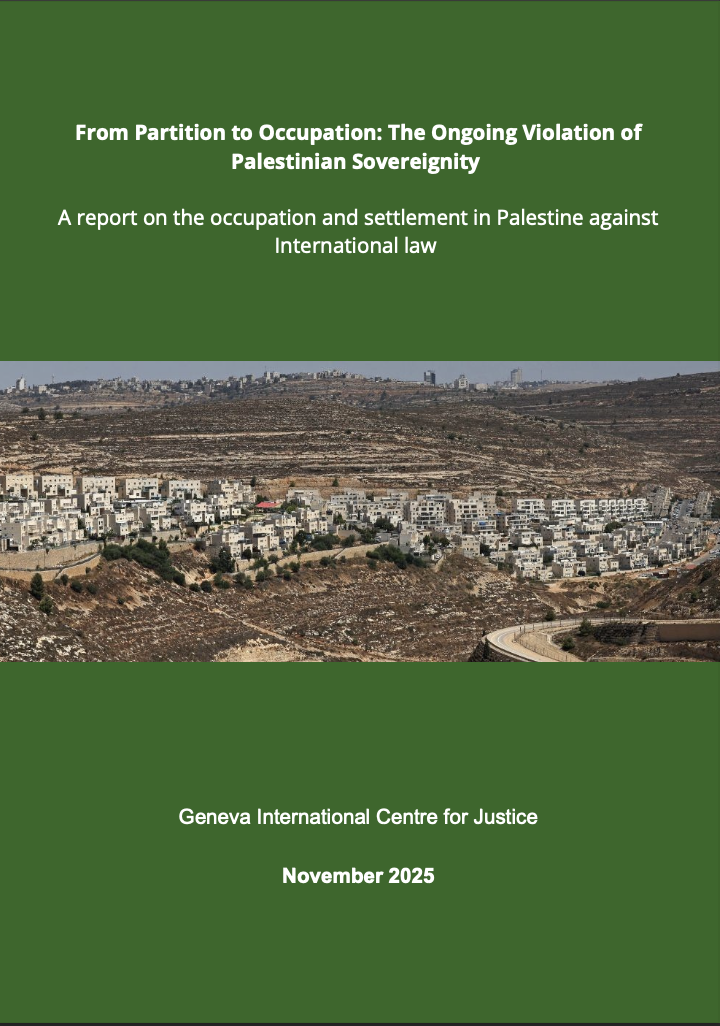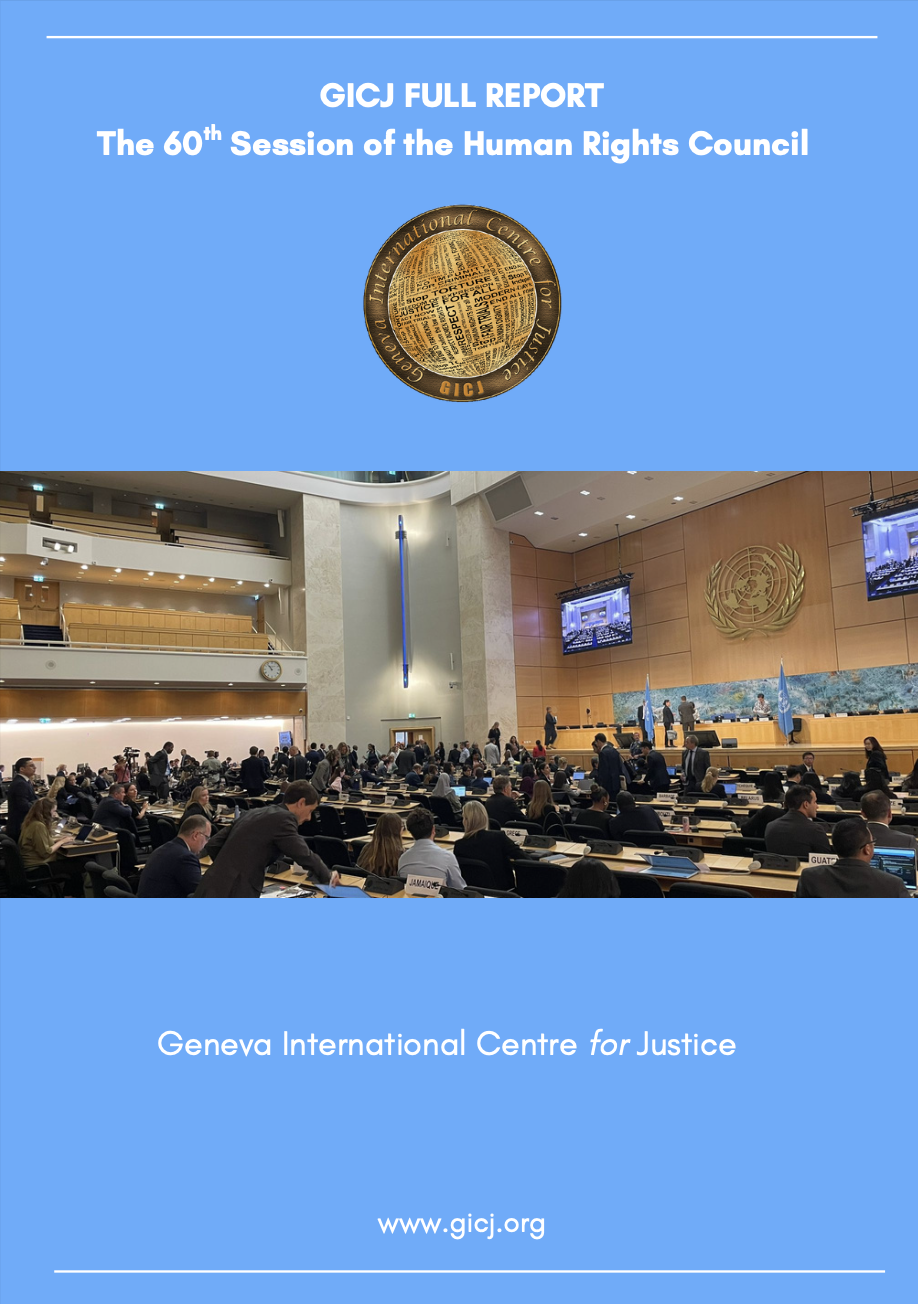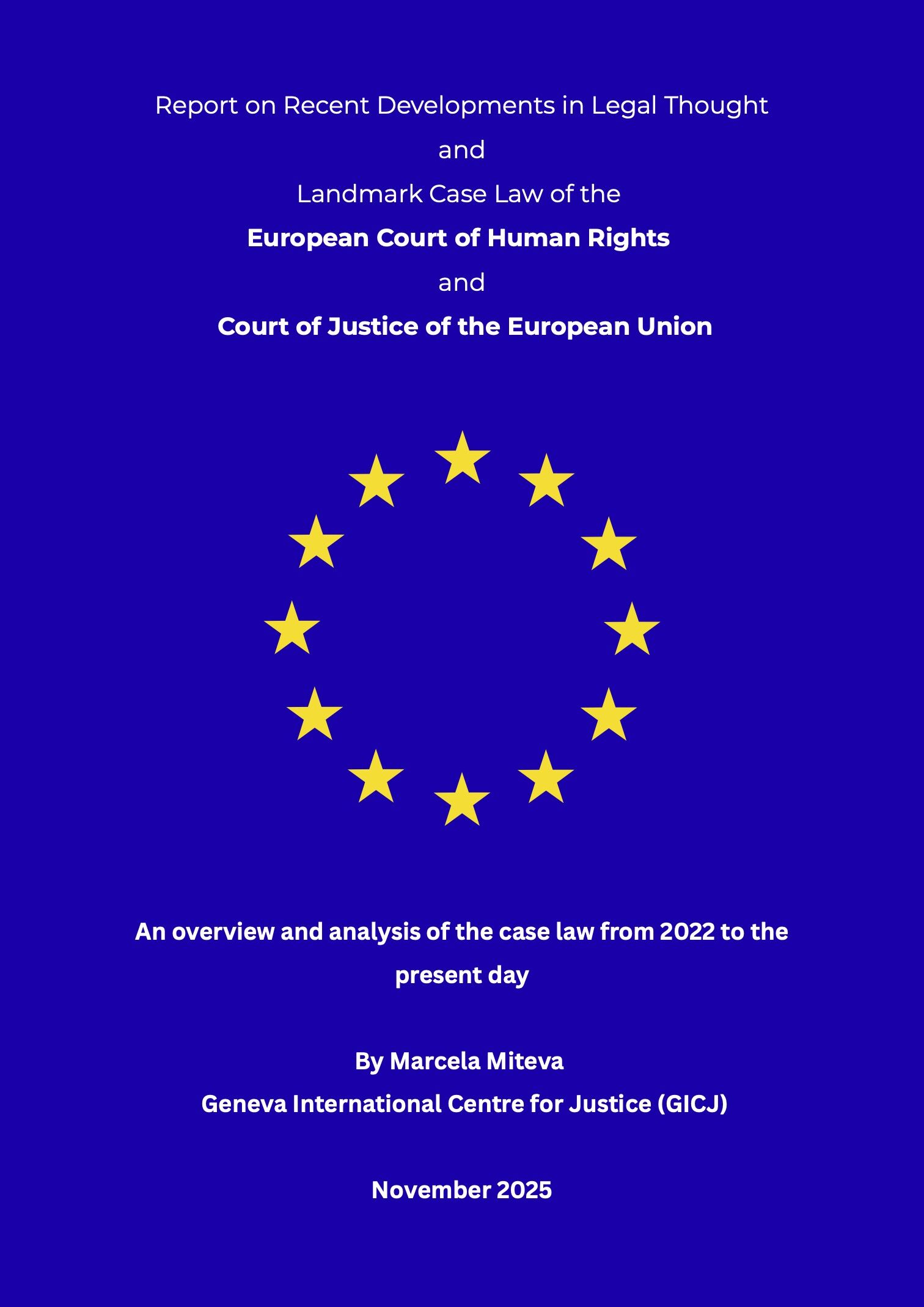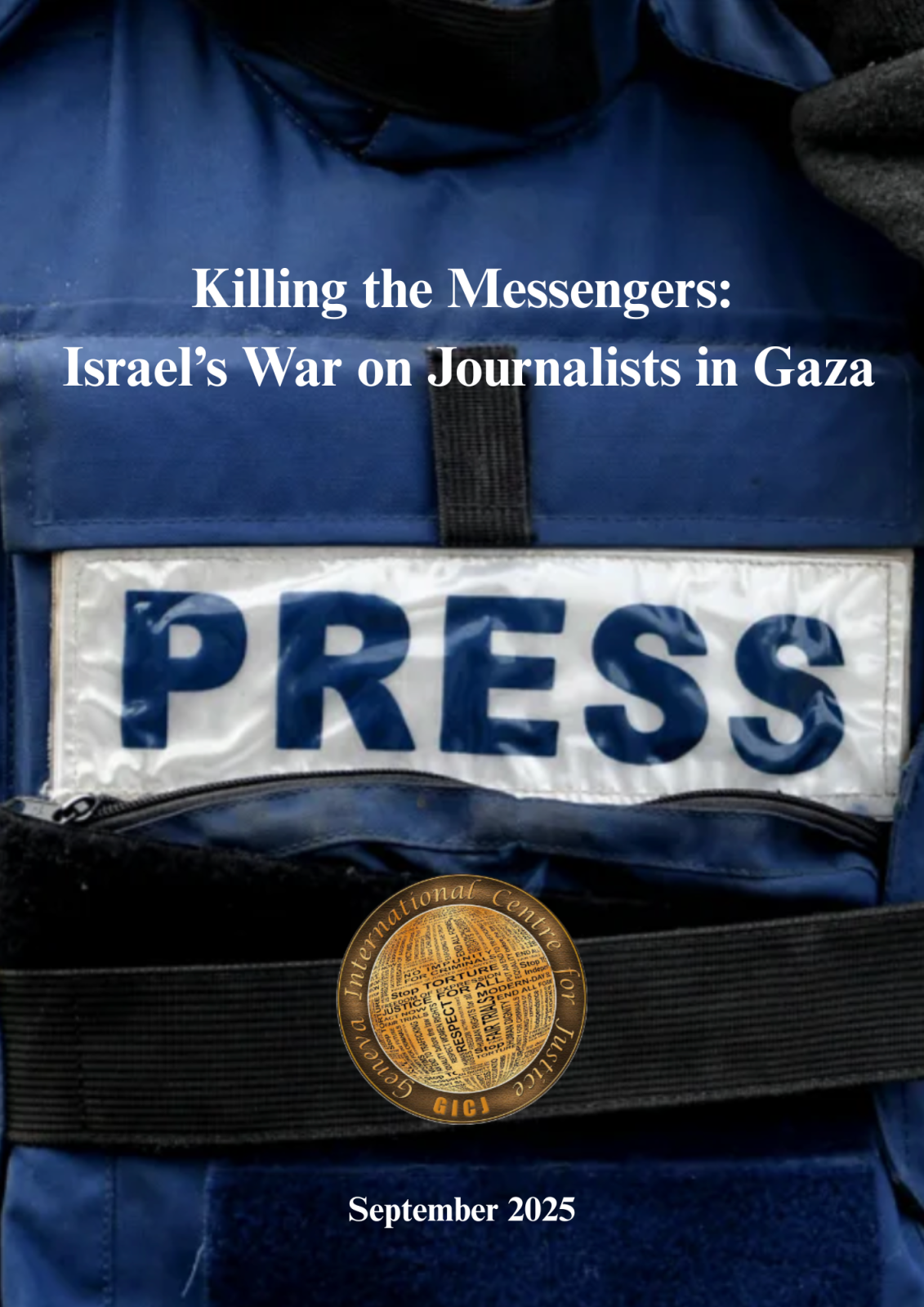Testimonies of Discrimination and Violence Against Women in Iran
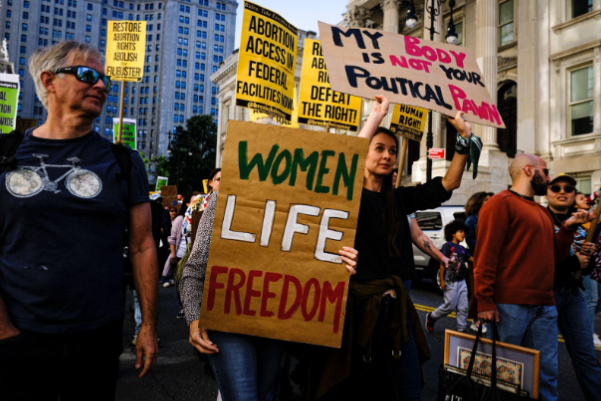 By Kiyana Newell / GICJ
By Kiyana Newell / GICJ
Introduction
“Blatant discrimination exists in Iranian law and practice that must change…” said Special Rapporteur Ravaid Rehman in March 2021 regarding the situation of women and children in the Republic of Iran [1]. Unfortunately, little progress has been made by the Iranian government since then, and the death of Mahsa Amini in September 2022 has only exacerbated discrimination and violence towards Iranian women.
Iranian women have released stories of their experiences of discrimination and violence to the public and press. Their experiences include being subject to exile, freedom of expression denied, and being sexually assaulted by Iranian security forces. These testimonies give concrete proof of the reality of being a woman in Iran, a situation that has only been heightened since the hardening of the security forces against peaceful protests seeking justice for Mahsa Amini.
Targeting Women Journalists
The number of women journalists targeted for arrest has increased significantly since the protests began after Mahsa Amini’s death. Amini was arrested for not wearing her hijab properly and then died in police custody. Numbers vary but reports indicate that there have been more than 40 journalists arrested since Amini’s death [2].This increase is because more women journalists are covering the protests relating to Amini’s death even though journalists are forbidden from covering protests or funerals of demonstrators in Iran.
Niloufar Hamedi was the first to publish Ms. Amini’s photograph. Hamedi was arrested on the 22nd of September 2022 and is currently still in jail. The most recent arrest of a woman journalist was Elnaz Mohammadi. Mohammadi worked for the newspaper formalist Hammihan, and she was released on bail on the 12th of February 2022. Her twin sister Elaheh Mohammadi, a journalist at the same company, was arrested on the 29th of September 2022 for reporting on the funeral of Ms. Amini. These are a few examples of the dozens of women journalists who were arrested for reporting on protests. In addition, news companies have released to the press that their women journalists have been arrested for social media posts or other online posts [3].
In Iran, The press formally has freedom of expression except when there is an infringement of the basic tenets of Islam or public rights, according to Article 24 of Iran’s Constitution [4]. Therefore, it is evident that Iran limits the freedoms of the press to cover up violations of human rights perpetrated by the government.
Iranian Boxer Living in Exile in France
“Unfortunately, because of this government in Iran, the people there have lost their human rights”, quoted boxer Sadaf Khadem to the media [5].
Sadaf Khadem began boxing in Tehran, where she boxed secretly in parks or at boxing rings. Because it is illegal to box as a woman in Iran, she lived in a self-imposed exile in Royan, France, where she trains and hopes to turn professional one day.
After Ms. Khadem’s progress in the sport, she returned home to turn around again and come back to France. However, upon arriving in Iran, she was notified that she would be arrested and charged for not wearing a hijab while boxing under Iran’s Public Decorum laws. Ms. Khadem has not left France since the incident. Due to the exile, she has only been able to see her father and sisters once a year in other countries but was unable to see her mother when she died of Covid-19 in Iran.
Sexual Violence Against Women
A 25-year-old woman, who is not being named due to her own protection, told the media about her experience while being detained in an Iranian prison [6]. She reported that security forces stopped herself, her sister, and two male friends at a checkpoint. Where they found two spray paint bottles in the vehicle, the woman was blindfolded and her hands tied behind her back. She was driven around for approximately 3 hours before being taken to a building where she was forced to sign a confession of participating in a protest. The woman reported being beaten repeatedly and forced-fed balloons filled with paint .
She was later stripped and told that a woman doctor would examine her. Instead, a man entered the room and forcefully penetrated her with an object whilst sexually assaulting her with his hands. The woman was then taken to a vehicle and was driven around for hours. She was then finally let out in a rural location. The woman exclaimed, “I am traumatised and have been seeing a psychiatrist.”.
The Position of the Geneva International Centre for Justice
Geneva International Centre for Justice (GICJ) is deeply concerned by women’s experiences brought to the media and commends the courage these women have to speak about their experiences as women during the violent crackdown by the Iranian authorities. We denounce all forms of discrimination and violence as it encroaches upon their human rights as women. Moreover, GICJ condemns the arbitrary arrests made by Iranian security forces and the infringement of the freedom of expression of the press through intimidation of women journalists. In order to make progress, the Iranian government must acknowledge the call to action made by Iranian women and the international community and stop all forms of gender-based violence and violence against protesters.
Iran , WomenRights , FreedomofExpression , HumanRights , Geneva , Geneva_International_Centre_for_Justice , Geneva4Justice
References:
[3] https://www.bbc.com/news/world-middle-east-64584265
[4] https://www.iranchamber.com/government/laws/constitution_ch03.php




